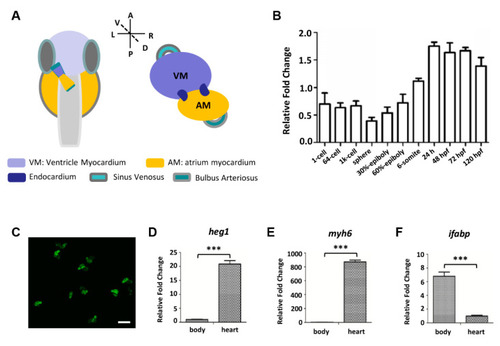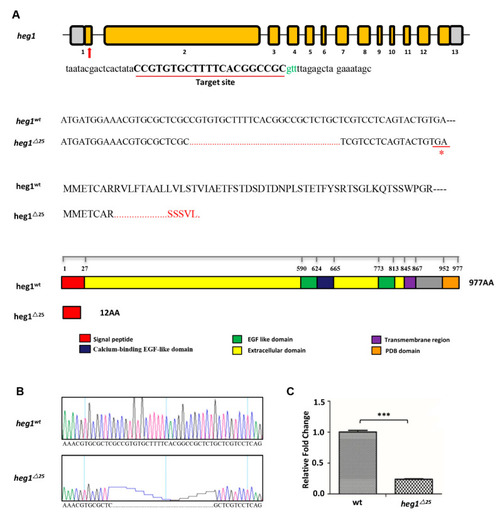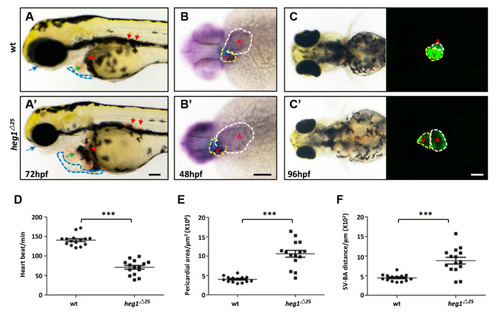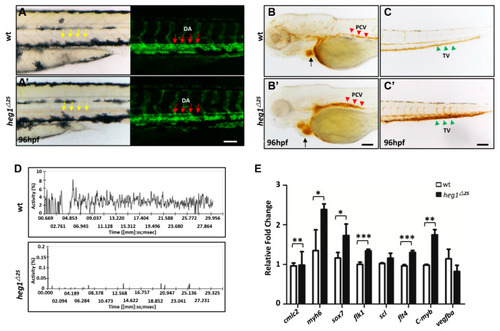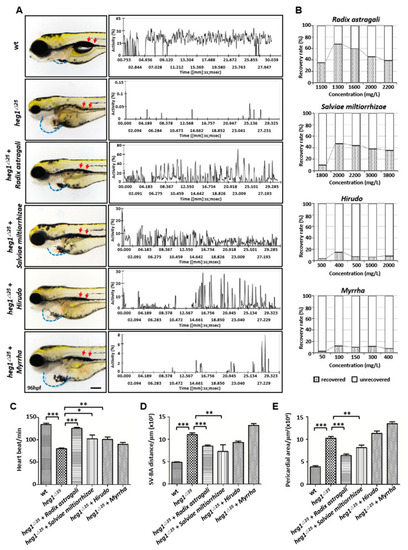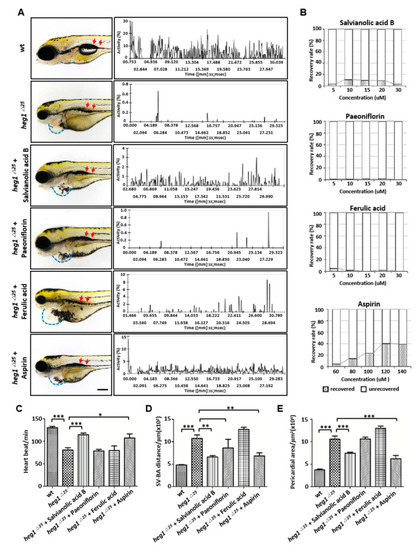- Title
-
Generation and Application of the Zebrafish heg1 Mutant as a Cardiovascular Disease Model
- Authors
- Lu, S., Hu, M., Wang, Z., Liu, H., Kou, Y., Lyu, Z., Tian, J.
- Source
- Full text @ Biomolecules
|
The expression level of |
|
The generation of EXPRESSION / LABELING:
PHENOTYPE:
|
|
|
|
|
|
TCM pharmacological validation of |
|
Monomers pharmacological validation of |

